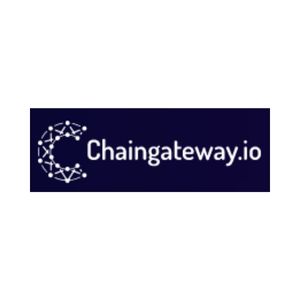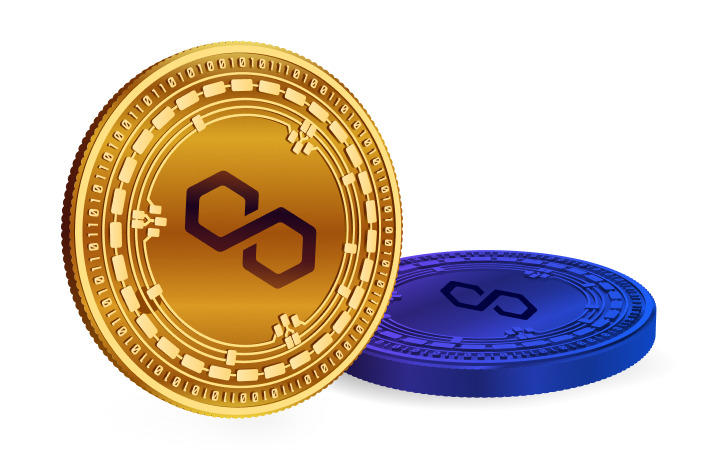Understanding the Ins and Outs of Polygon API
 Chaingateway
Chaingateway
Polygon API is a set of protocols that aim to address Ethereum's scalability problems. The Polygon network resolves the challenges of the network by handling transactions on a separate Ethereum-compatible blockchain.
Polygon holds the ability to process transactions off-chain and returns them to the Ethereum blockchain, resulting in rapid execution times and lower costs for users. Formerly known as the Matic network, Polygon empowers blockchain projects to build on Ethereum without facing any issues regarding scalability.
With the utilization of Polygon, users can interact with any decentralized application (DApp) without ever having to stress about network congestion.
Who is behind the foundation of Polygon?
Currently, the CEO of Polygon API is its co-founder Jaynti Kanani. He collaborated with Sandeep Nailwal (COO), and Anurag Arjun (CPO) to bring the project to fruition. In 2017, the trio founded Matic Network which is now recognized as Polygon. Initially, funds from friends and family in Mumbai helped in sustaining the venture. Though the roots of Polygon are in India despite of that it remains to lure investors from all the corners of the world.
Why is Polygon Suitable for Ethereum?
Polygon isn’t competing with Ethereum. If anything, it’s dependent on Ethereum and vice versa. Polygon’s aim is to leverage the Polygon network to build an infrastructure that can manage the mass adoption of Ethereum. Therefore, Polygon is more reliant on Ethereum than Ethereum is on Polygon.
By augmenting the functionality of Ethereum, Polygon efficiently surges the appeal and functionality of the Ethereum blockchain. This growth will certainly drive more individuals and entities to employ the Ethereum network for performing various transactions and applications. With each passing day, the number of users who lock their capital in the Ethereum blockchain freely is increasing, which suggests its value will increase, despite the potential for stealing the total value locked (TVL) away from Ethereum.
What Does Distinguish Polygon From its Layer 2 Opponents?
Polygon network is quite distinctive as it allows its token, MATIC, to be staked on the Polygon blockchain. Staking enables its users to harvest interest annually to assist in authenticating transactions on the blockchain.
Polygon offers solutions for everyday users, developers, and enterprises. Its ultimate goal is to commence an Internet of Things (IoT) system for the Ethereum blockchain. The project strives to scale Ethereum to one billion users without affecting decentralization or security.
What makes Polygon different from other L2 solutions is its approach. Polygon is designed to equip developers with a stack of solutions on a single network. This approach empowers developers to access higher levels of control and customization while selecting a scaling solution that makes an ideal solution for their application.
On Polygon API, a developer is permitted to choose between zk-rollups or optimistic rollups.
Contrary to other EVM sidechains, Polygon promises checkpoints to Ethereum. Specifically, each time Polygon processes a transaction, it yields a few checkpoints on Ethereum. These checkpoints ensure the validity and security of all processed Polygon data on the Ethereum blockchain. Keep in mind that EVM sidechains do not employ checkpoints.
Subscribe to my newsletter
Read articles from Chaingateway directly inside your inbox. Subscribe to the newsletter, and don't miss out.
Written by
